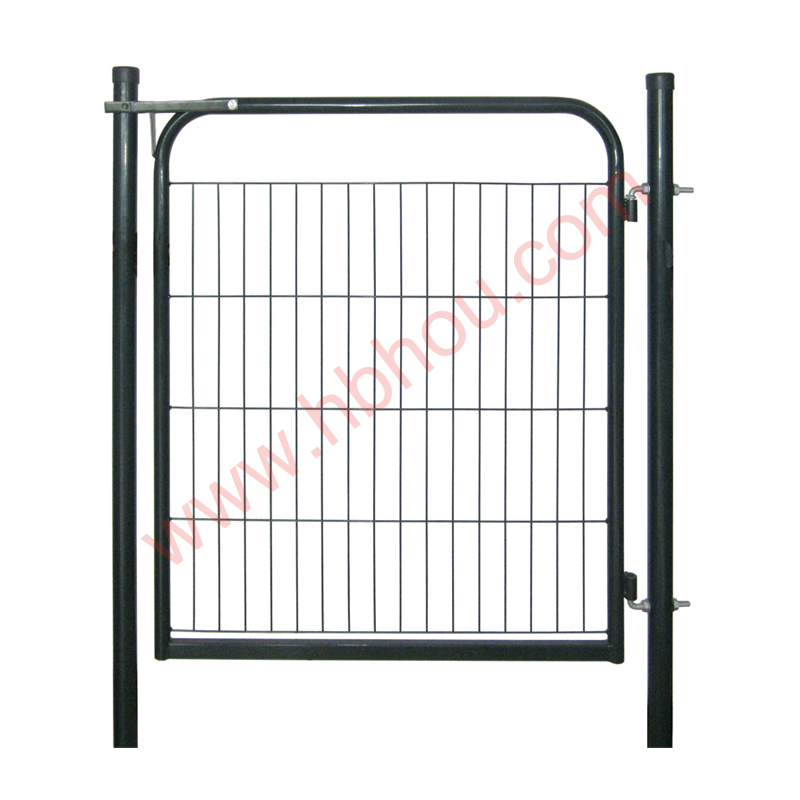Effective Solutions for Managing Wild Hogs The Role of Live Traps
Wild hogs, also known as feral pigs or wild boars, have become an increasing concern in various regions across the United States and beyond. These animals, originally descendants of domesticated pigs, have adapted remarkably well to the wild, thriving in a wide range of habitats. Their rapid reproduction rates and aggressive foraging habits often lead to significant environmental and agricultural damage, pushing landowners and wildlife managers to seek effective management strategies. One of the most humane and efficient approaches to controlling wild hog populations is the use of live traps.
Understanding Wild Hogs
Before delving into the specifics of live trapping, it's important to understand the behavior and characteristics of wild hogs. These animals are highly intelligent and social creatures that tend to move in sounders, usually comprising females and their offspring. They are opportunistic feeders, rooting through the ground for plants, insects, and small animals, which can devastate crops and native flora. Moreover, wild hogs are known carriers of various diseases that can affect livestock, wildlife, and even humans, making their management a pressing concern.
The Advantages of Live Traps
Live traps offer several advantages over other management methods, such as hunting or poisoning. Firstly, live trapping is a humane approach; it minimizes suffering by capturing the animals alive and allowing for their relocation. This method is particularly important in regions where residents value animal welfare and seek to avoid causing pain to captured animals.
Secondly, live traps can be used selectively. By targeting specific family groups, landowners can effectively reduce local populations without decimating entire species. This is crucial for maintaining ecological balance and ensuring that native wildlife is not adversely affected.
Lastly, live trapping can be conducted in a controlled manner, allowing for safer handling of the captured animals. This reduces the risk of injury to both the traps and the handlers. Once captured, the hogs can be transported to a suitable location for release or euthanasia if necessary, depending on local regulations.
Setting Up Live Traps
wild hog live traps

To effectively manage wild hog populations using live traps, proper setup is essential. First, choose the right type of trap—commonly used designs include box traps and pen traps. These traps should be sturdy and large enough to accommodate multiple hogs at once, as they often travel in groups.
Location is paramount when setting traps. Look for signs of hog activity such as rooting, tracks, or droppings, and place the traps along their travel routes or near feeding areas. Baiting the traps with appealing food items—such as corn, fruit, or commercial hog bait—can significantly increase the chances of a successful capture.
Moreover, regularly monitoring the traps is critical to ensure a timely response. Captured hogs should be handled with care and transported to a suitable location as soon as possible.
Challenges and Considerations
While live trapping is an effective management tool, it is not without its challenges. Trapping success depends heavily on the habits and behaviors of wild hogs, which can vary significantly by region and season. Additionally, legal regulations regarding the capture and relocation of wild hogs should always be followed to ensure compliance with local wildlife management laws.
Cooperation among landowners in the area can also enhance trapping success. By working together, multiple properties can be targeted simultaneously, leading to a more significant reduction in the local population.
Conclusion
Managing wild hog populations is a multifaceted challenge that requires a thoughtful approach. Live traps stand out as a humane, effective, and practical solution for landowners and wildlife managers seeking to mitigate the negative impacts of these invasive animals. By understanding the behavior of wild hogs and implementing strategic trapping methods, it is possible to promote healthier ecosystems and protect valuable agricultural resources. As communities continue to address this pressing issue, live trapping will remain an essential tool in the ongoing effort to manage wild hog populations responsibly and effectively.
















